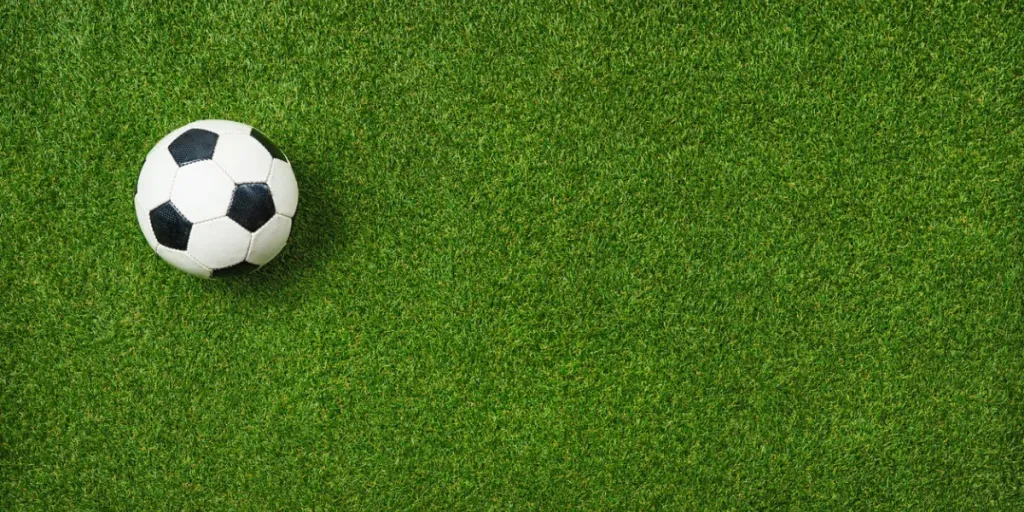Football grass, both synthetic and natural, has become an essential component of modern sports infrastructure. As the popularity of football continues to soar globally, the demand for high-quality football grass is on the rise. This article delves into the market overview, highlighting the growing demand, key players, and innovative trends shaping the football grass industry.
Table of Contents:
– Market Overview
– Materials and Design: The Foundation of Quality Football Grass
– Performance and Durability: Meeting the Demands of the Game
– Customization and Convenience: Tailoring Football Grass to Your Needs
Market Overview
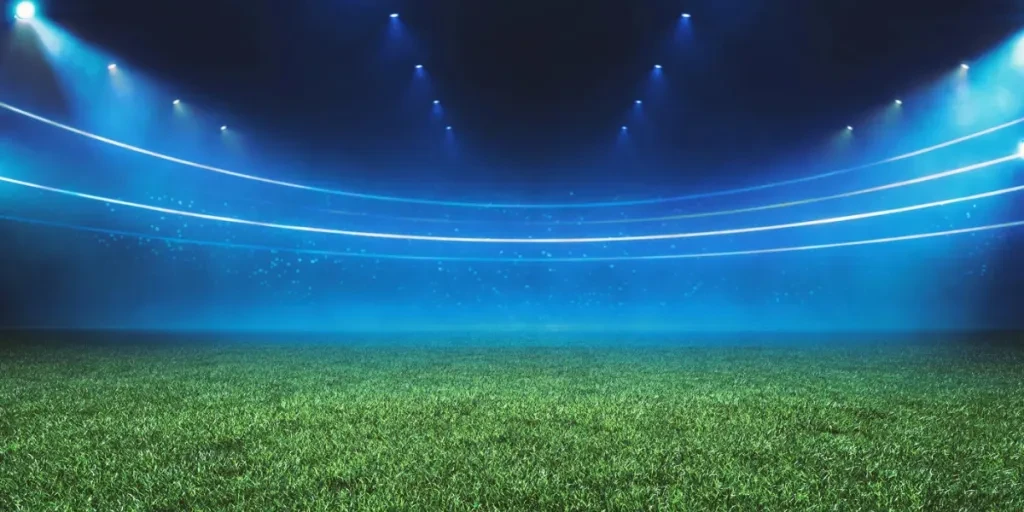
The Growing Demand for Football Grass
The demand for football grass has seen a significant surge in recent years, driven by the increasing popularity of football worldwide. According to a report by Research and Markets, the global football shoes market is expected to grow by USD 2.18 billion during 2023-2028, accelerating at a CAGR of 4.36%. This growth is indicative of the broader trend in the football industry, where the need for high-quality playing surfaces is paramount.
Football grass, particularly synthetic turf, offers several advantages over natural grass, including lower maintenance costs, durability, and the ability to withstand heavy usage. These benefits have led to a growing adoption of synthetic football grass in stadiums, training grounds, and recreational facilities.
Key Players and Regions in the Football Grass Market
The football grass market is dominated by several key players who are driving innovation and setting industry standards. Companies such as FieldTurf, a subsidiary of Tarkett Sports, and TenCate Grass are at the forefront of developing advanced synthetic turf solutions. These companies invest heavily in research and development to create products that mimic the look and feel of natural grass while offering superior performance and durability.
Regionally, Europe and North America are the largest markets for football grass, owing to the high number of football clubs, stadiums, and training facilities. According to a report by Research and Markets, Europe stands out with a strong football culture, hosting some of the world’s most prestigious clubs and leagues. This region exhibits high sales of both replica jerseys and performance gear, supported by a deeply rooted fan base and extensive youth participation in the sport.
In contrast, the Asia Pacific region is experiencing rapid growth in the football grass market, driven by increasing interest in football sports, rising middle-class incomes, and greater exposure to international football events. Countries such as China, Japan, and South Korea are seeing a surge in both participation and viewership, which in turn boosts demand for football grass.
Market Trends and Innovations in Football Grass
The football grass market is characterized by continuous innovation aimed at improving the quality and performance of synthetic turf. One of the key trends is the development of eco-friendly and sustainable options. Companies are increasingly focusing on creating products that are not only high-performing but also environmentally responsible. For instance, some manufacturers are using recycled materials in their turf products and developing systems that reduce water usage and chemical treatments.
Another significant trend is the advancement in grass fiber technology. Innovations in this area have led to the creation of synthetic fibers that closely resemble natural grass in terms of texture and appearance. These fibers are designed to provide optimal playing conditions, reduce the risk of injuries, and enhance player performance.
Additionally, the integration of smart technologies into football grass is gaining traction. Some companies are exploring the use of sensors and data analytics to monitor the condition of the turf, track usage patterns, and provide insights for maintenance and performance optimization. This trend aligns with the broader movement towards smart stadiums and sports facilities that leverage technology to enhance the overall experience for players and spectators.
Materials and Design: The Foundation of Quality Football Grass
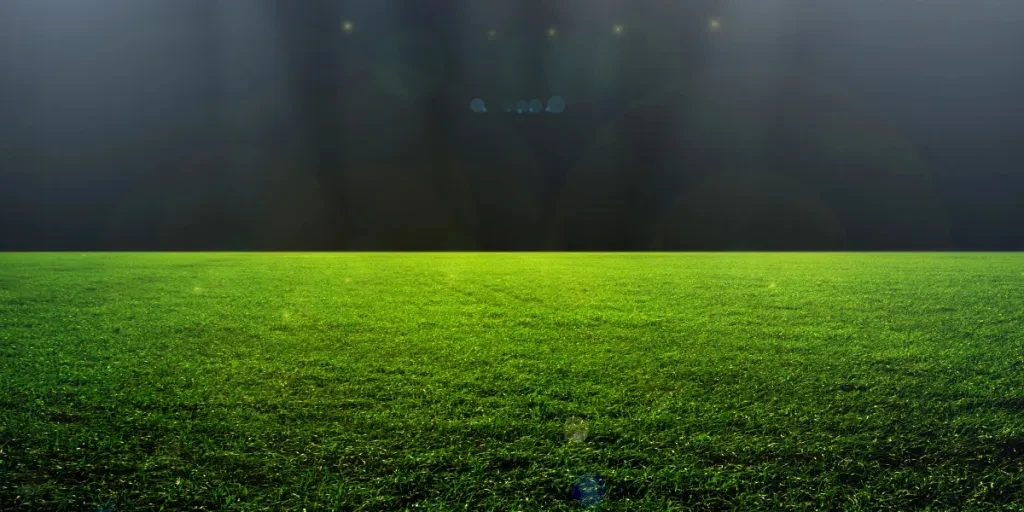
Synthetic vs. Natural: Pros and Cons
The debate between synthetic and natural football grass has been ongoing for years, with each option presenting its own set of advantages and disadvantages. Natural grass, often preferred for its aesthetic appeal and traditional feel, offers a playing surface that many athletes find more comfortable and familiar. However, maintaining natural grass can be labor-intensive and costly, requiring regular watering, mowing, and fertilization. Additionally, natural grass fields are susceptible to weather conditions, which can lead to muddy or uneven playing surfaces.
On the other hand, synthetic football grass has gained popularity due to its durability and lower maintenance requirements. Synthetic turf can withstand heavy use and adverse weather conditions, making it a reliable option for high-traffic areas. Innovations in synthetic grass technology have also improved the playing experience, with modern synthetic turfs designed to mimic the look and feel of natural grass. Meanwhile, some players have expressed concerns about the increased risk of injuries on synthetic surfaces, although advancements in design and materials continue to address these issues.
Innovations in Grass Fiber Technology
The evolution of grass fiber technology has significantly enhanced the quality and performance of synthetic football grass. Modern synthetic turfs are constructed using advanced polymer fibers that offer improved resilience, softness, and durability. These fibers are designed to replicate the natural grass experience, providing a comfortable and safe playing surface for athletes.
One notable innovation is the development of multi-layered fibers that combine different materials to achieve optimal performance. For example, some synthetic turfs feature a combination of polyethylene and polypropylene fibers, which offer a balance of softness and strength. Additionally, advancements in UV stabilization technology have extended the lifespan of synthetic grass, ensuring that it maintains its color and integrity even after prolonged exposure to sunlight.
Eco-Friendly and Sustainable Options
As environmental concerns continue to rise, the demand for eco-friendly and sustainable football grass options has grown. Manufacturers are increasingly focusing on developing synthetic turfs that minimize environmental impact. One approach is the use of recycled materials in the production of synthetic grass fibers. For instance, some synthetic turfs are made from recycled plastic bottles, reducing the reliance on virgin materials and diverting waste from landfills.
Another sustainable option is the development of biodegradable synthetic grass. These turfs are designed to break down naturally over time, reducing the environmental footprint of synthetic fields. Additionally, advancements in water-efficient technologies have led to the creation of synthetic turfs that require minimal water for maintenance, further contributing to sustainability efforts.
Performance and Durability: Meeting the Demands of the Game
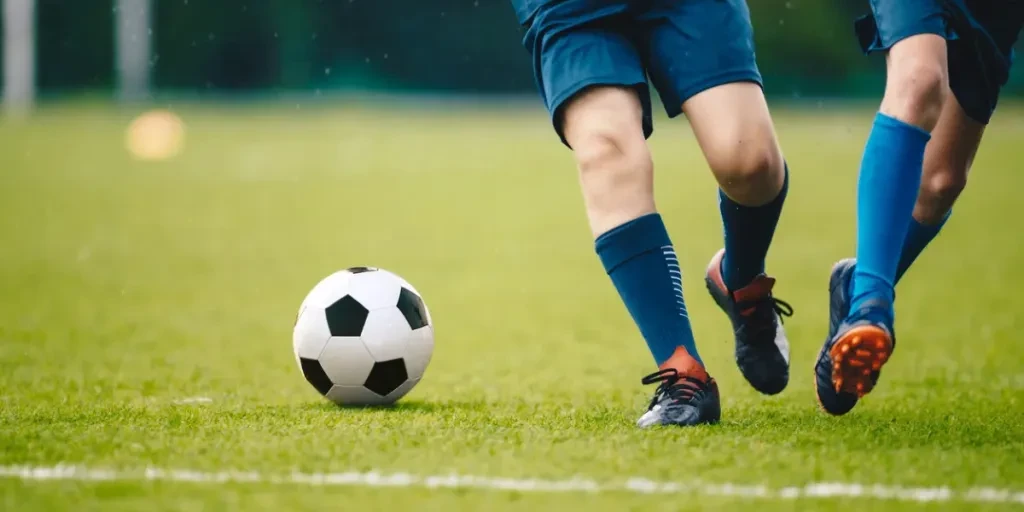
Wear and Tear Resistance
Football fields endure significant wear and tear due to the high-intensity nature of the sport. Synthetic football grass is engineered to withstand the rigors of frequent use, with fibers designed to resist abrasion and maintain their structural integrity. The durability of synthetic turf is a key factor in its growing popularity, as it ensures a consistent playing surface over time.
Manufacturers conduct extensive testing to evaluate the wear resistance of synthetic grass, simulating the impact of cleats, sliding tackles, and other common stresses. These tests help ensure that the turf can endure the demands of competitive play without significant degradation. As a result, synthetic football grass offers a reliable and long-lasting solution for sports facilities.
Weather Adaptability and Maintenance
Weather conditions can significantly impact the performance of football fields. Natural grass fields are particularly vulnerable to rain, which can lead to muddy and uneven surfaces. In contrast, synthetic football grass is designed to be weather-resistant, providing a stable playing surface regardless of weather conditions.
Modern synthetic turfs feature advanced drainage systems that efficiently manage water, preventing the accumulation of puddles and ensuring quick drying after rain. This adaptability makes synthetic grass an ideal choice for regions with unpredictable weather patterns. Additionally, synthetic turf requires minimal maintenance compared to natural grass, reducing the need for watering, mowing, and fertilization.
Enhancing Player Performance and Safety
Player performance and safety are paramount considerations in the design of football grass. Synthetic turfs are engineered to provide optimal traction, reducing the risk of slips and falls. The cushioning properties of synthetic grass also help absorb impact, minimizing the risk of injuries such as sprains and strains.
Innovations in infill materials have further enhanced the safety of synthetic football grass. Infill materials, such as rubber granules or sand, are used to provide stability and shock absorption. Recent advancements have led to the development of organic infills, such as cork or coconut fibers, which offer a more natural feel and improved safety characteristics.
Customization and Convenience: Tailoring Football Grass to Your Needs
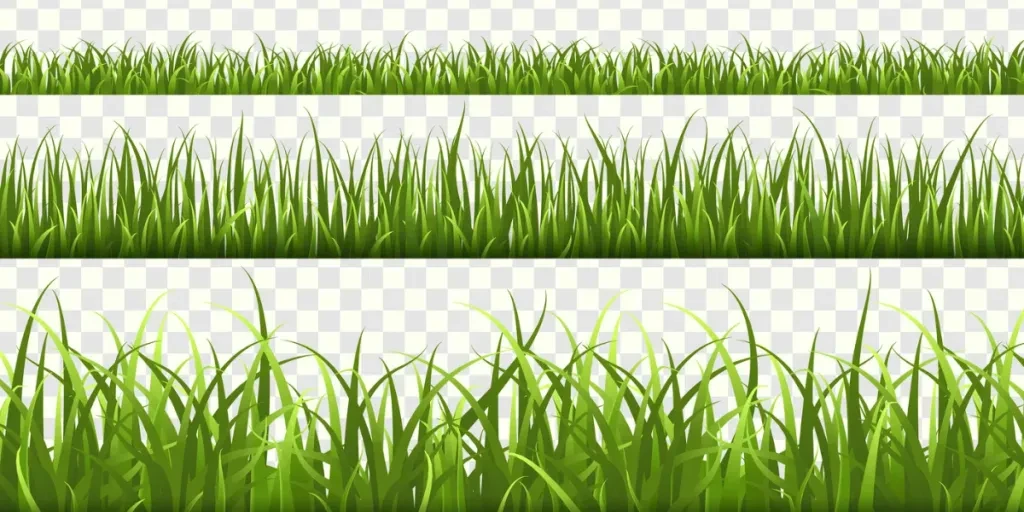
Customizable Features for Different Levels of Play
Football grass can be customized to meet the specific needs of different levels of play, from amateur leagues to professional competitions. Manufacturers offer a range of options in terms of fiber length, density, and infill materials, allowing sports facilities to select the most suitable turf for their requirements.
For instance, professional-level fields may opt for longer fibers and advanced infill systems to provide a premium playing experience. In contrast, community or school fields may prioritize cost-effectiveness and durability, selecting synthetic turfs that offer a balance of performance and affordability.
Installation and Maintenance Services
The installation of football grass is a critical factor in ensuring its performance and longevity. Professional installation services are essential to achieve a smooth and even playing surface. Experienced installers follow precise procedures to ensure proper alignment, infill distribution, and seam integrity.
Maintenance services are also available to keep synthetic football grass in optimal condition. Regular maintenance, such as brushing and infill replenishment, helps maintain the turf’s performance and appearance. Some manufacturers offer comprehensive maintenance packages, providing peace of mind for sports facility operators.
Cost-Effectiveness and Long-Term Investment
Investing in synthetic football grass can be a cost-effective solution in the long run. While the initial installation cost may be higher than natural grass, the reduced maintenance requirements and extended lifespan of synthetic turf result in significant cost savings over time. Synthetic grass eliminates the need for regular watering, mowing, and fertilization, reducing operational expenses.
Moreover, the durability of synthetic turf ensures that it can withstand heavy use without significant wear and tear, minimizing the need for frequent replacements. This long-term investment makes synthetic football grass an attractive option for sports facilities looking to optimize their budget while providing a high-quality playing surface.
Conclusion
The advancements in football grass technology have transformed the playing experience, offering a range of options that cater to different needs and preferences. From the durability and low maintenance of synthetic turf to the eco-friendly and customizable features available, modern football grass solutions are designed to meet the demands of the game while prioritizing player safety and performance.
